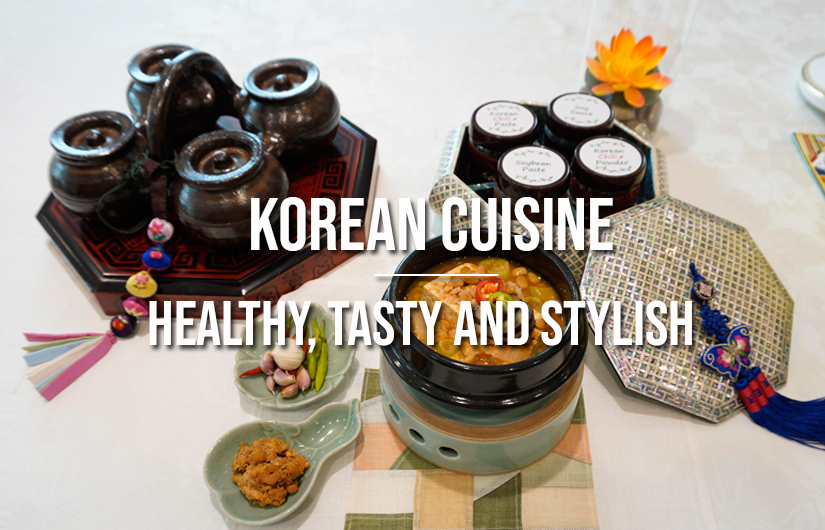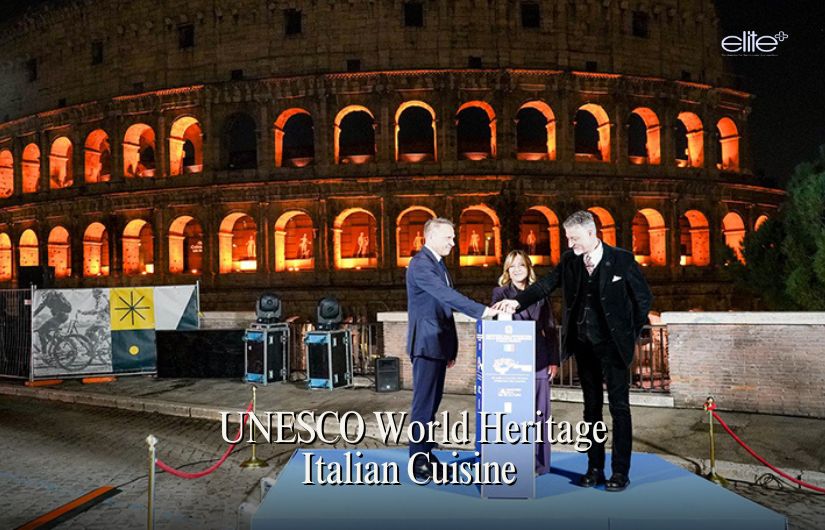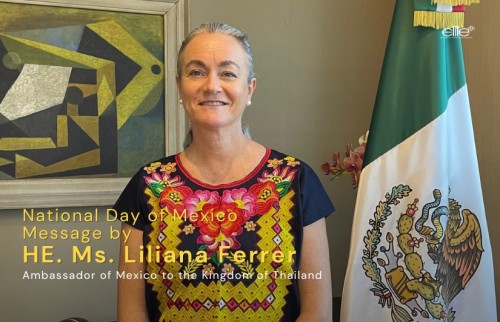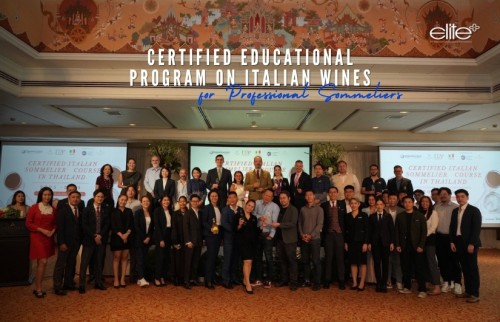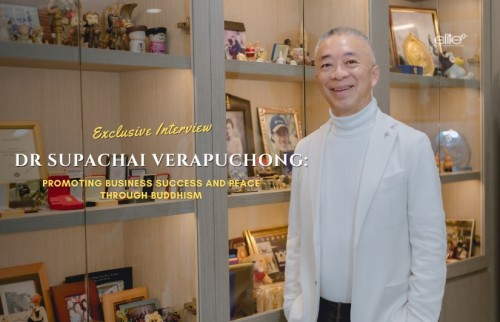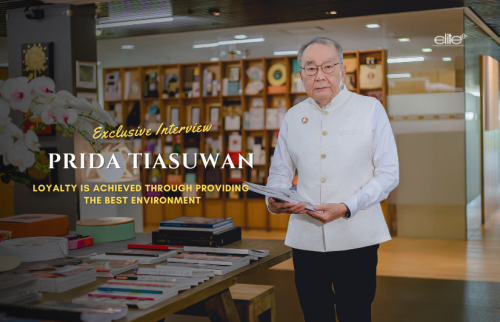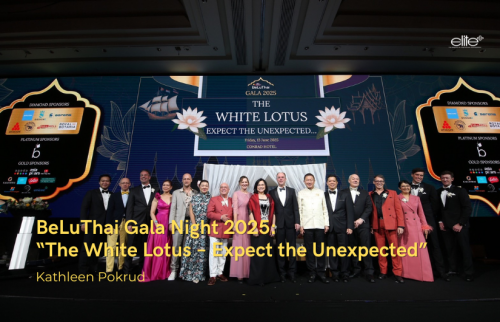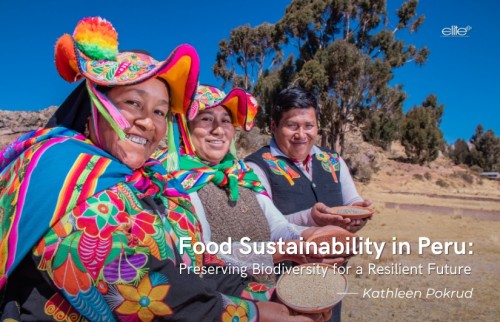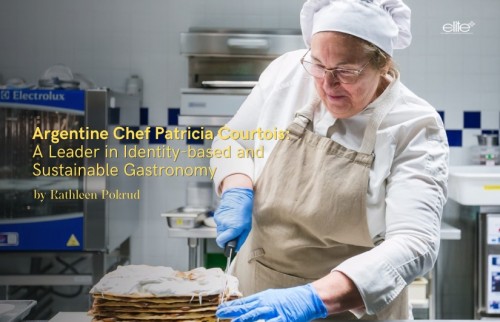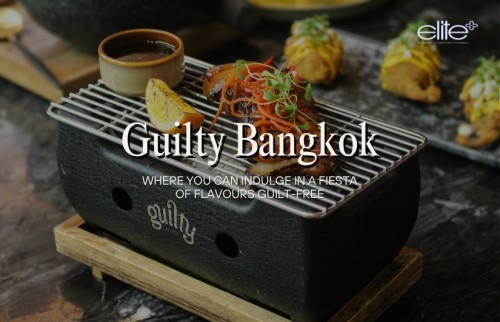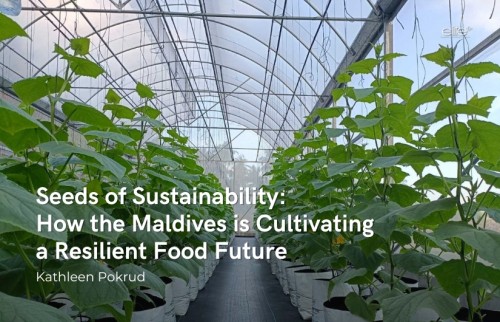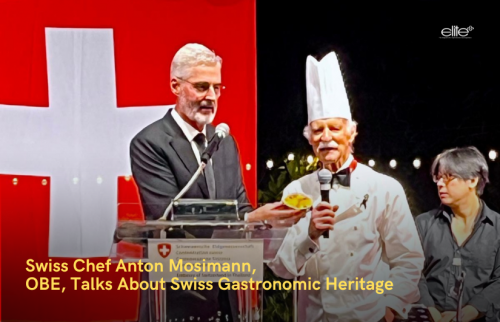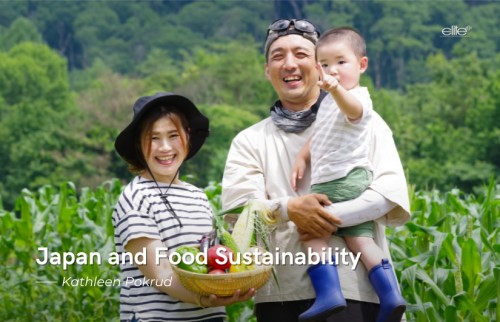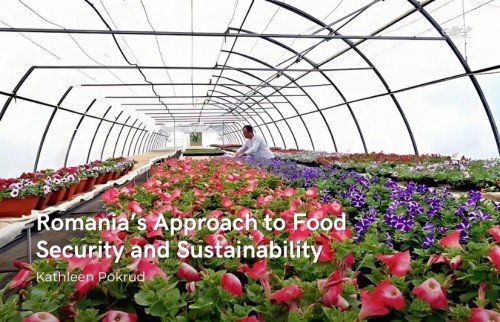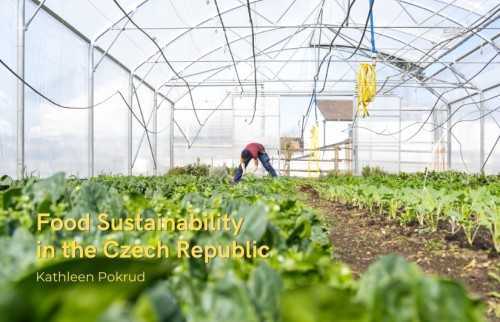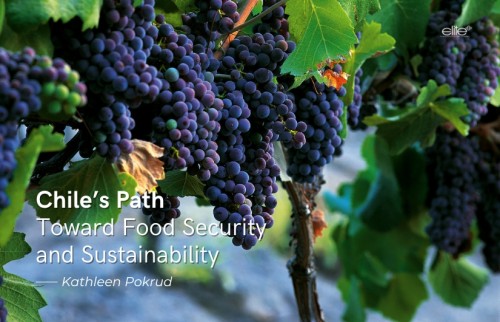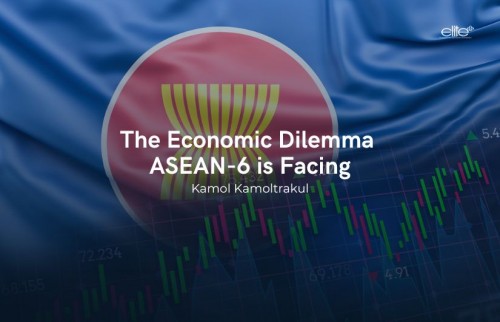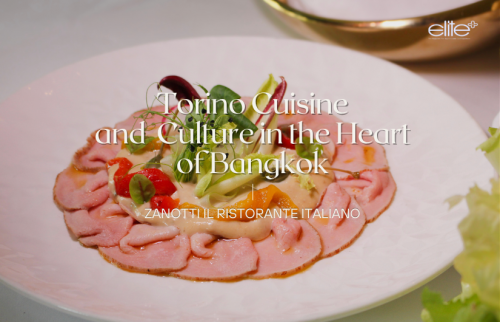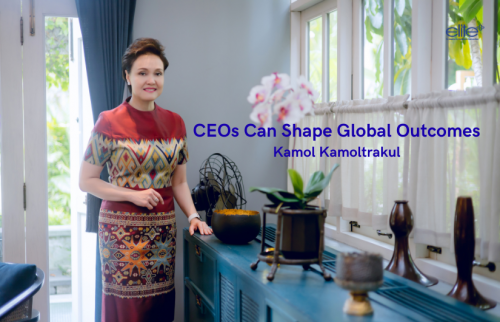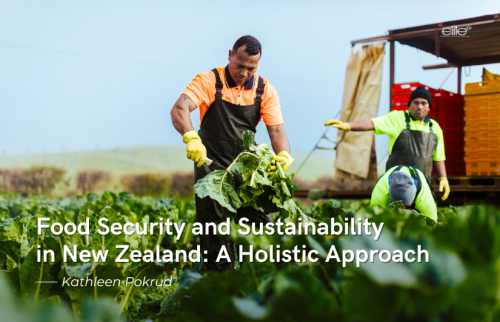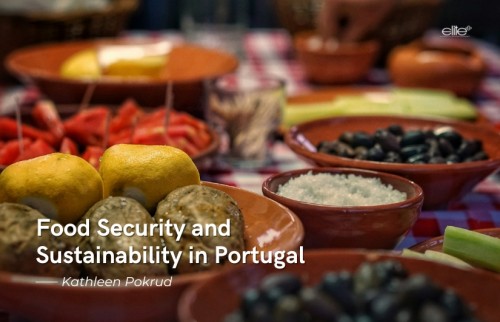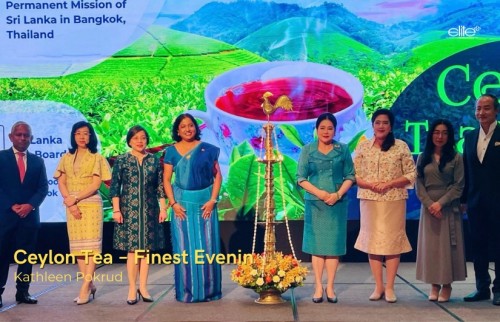From humble meals served at the Buddhist temples to elegant feasts served in ancient royal palaces, Korean cuisine offers a wide range of tastes and styles. Over recent years, this unique Asian mouth-watering flavor has spread to refresh the senses of people and it can now be enjoyed in countless destinations worldwide. However, not only in taste and style, Korean dishes also have been praised for their numerous healthy benefits.

H.E. Ambassador Moon Seoung-hyun The Embassy of the Republic of Korea
If Hansik (Korean cuisine) can be characterized in two words, I would say one is “fermentation” and the other is “balanced”. Traditional basic seasonings such as soy sauce, soybean paste, Red chili paste and the most famous Kimchi is typical examples of fermented slow food, while Bibimbab represents balanced nature of Hansik, which is completed with natural ingredients and nutritious cooking methods. These two healthful properties, which can recharge their seasonal energy, seem to be the reason why increasing number of people around the world fall into love with Korea food.
But among the various ingredients that made Korean food appetizing, the often-cited, most important ingredient would be devotion to process. Koreans believe that preparing a truly delicious meal requires a great deal of care and dedication, and furthermore, that there are affection, healing, and wishes in it for those receiving meal. On this note, I hope this article acts a friendly guide to correspond to today’s healthy living craze, through some more inspiring stories behind Korean cuisine.
The influence of Korea has blossomed around the world in the past decades. Aside from Korean-made TVs invaded into many households around the globe, many Korean brand cosmetics are trustworthy to Asian women craving for beauty. K-pop caused frenzy and disrupted the world music scene. Elaborated K-dramas saw a devout following on TV long before Netflix adoption. How about Korean food influence around the world? I wrote an article on “A love for Kimchi” in 2018 with the support of The Embassy of the Republic of Korea to the Kingdom of Thailand. I was honored recently to sit down with Madame Suh, Myung-ji, Spouse of HE Ambassador Moon, Seoung-hyun, to learn about the fine essence of Korean food.
As the world’s interest in immunity increases following the global COVID-19 pandemic, Korean food has attracted attention as a healthy food with well-being values. I asked Madame Myung-ji about the significance of the claim. She commented, “Since ancient times, the Korean people have believed that food and medicine share the same origin and hence perform the same function, following the adage that “food is the best medicine.” They believe that health and illness alike come from the food they consume and how they eat it, and this idea has played a crucial role in the development of traditional Korean medicine whose basic principle is that we should use medicine only after food has failed.”
(1).jpg)
Madame Myung-ji
Madame Myung-ji went on to explain the popularity of Korean food and its culture. “Korean food has been attracting plenty of attention not only in Korea, but also overseas as it is recognized for its taste, style and nutrition. Contemporary Korean food has been introduced to captivate the palates of people around the world.”
Korean food is often presented in beautiful colors, Madame Myung-ji clarified, “the Korean food, known as ‘Hansik’ is not just a meal that satisfies hunger, but is essentially a food culture that contains the philosophy of their ancestors who wanted to live in harmony with the universe, nature and human body. Korean food, symbolized by ‘Obangsaek’ referring to the five colors, is recognized as the key essence of Korean cuisine with its long history.”
“However, there must be some parts that are difficult to understand especially for those who do not know or who are not familiar with our culture. When we describe Korean food, we often describe its diversity and health benefits, but it is not easy to know its reason and ideological basis. Thus, we will look into it by using the five colors in an easy-to-understand manner.”
.jpg)
Madame Myung-ji elaborated further, “It is said that Korean food is being introduced as a “healthy food” overseas after the outbreak of COVID-19. However, what would be its characteristics to be considered healthy? Since the ancient times, our people believed “yaksikdongwon,” meaning the source of what we eat and medicine is the same. If you prepare a table with seasonal ingredients from our land, it will be a great meal that is effective not only for health, but also for weight management. The first characteristic in considering Korean food as a healthy cuisine is its vegetarian-based diet, such as “namul” seasoned vegetable side dishes and “ssam” vegetables wrap. Vegetables contain large amounts of various vitamins and minerals, and our ancestors enjoyed the vegetarian dishes even in the winter when vegetables could not be harvested by showing their wisdom on drying vegetables in the spring and fall. It is easy to think that fresh vegetables are the most nutritious, but it is said that “mugeunnamul” old greens harvested in season, that have been dried in the sun and wind to remove moisture, have higher nutrients than raw vegetables, and are more beneficial to our health. Moreover, vegetables are rich in dietary fiber, which can help you lose weight in the long run if you eat them regularly, as it increases the feeling of satiety.”
“The next healthy highlight is Korean fermented food. “Kimchi” is recognized as one of the world’s healthiest foods that we can eat all year round. Also, the Korean sauces, such as soy sauce, soybean paste and “cheonggukjang” fast-fermented soybean paste, are treated as super foods that fully adapt into nature. These fermented foods have been confirmed through various studies to be very beneficial for boosting gut health. This is because in food processing, fermentation increases the quantity of good bacteria in the intestine. As gut health is directly related to immunity, the importance of immunity has been highlighted due to COVID-19, and Kimchi, as a healthy food that strengthens the immune system, has been in the limelight all over the world.”
(3).jpg)
Touching on the subject of the modern Korean cuisine, Madame Myung-ji admitted that Korean food faces a new challenge in the era of delivery and convenience. “COVID-19 has changed our ordinary daily lives. Among them, the impact on food culture is truly enormous. As people’s desire to cut down on eating out and stay home more frequently, the delivery food and convenient food market grew explosively. What stands out is that in this market, where fast food and late-night snacks were the mainstream, “Korean food” is emerging. It is not limited to Korea. Thanks to the strong influence of the Korean Wave, the growth of Korean fast-food chains is also notable in overseas delivery service menus.”
(2).jpg)
Key Representative Korean dishes
- Kimchi
Kimchi is a Korea’s national dish that is eaten with virtually every meal. As a staple in Korean cuisine, it is a traditional side dish made from salted and fermented vegetables such as napa cabbage, radish, green onion, cucumber etc. Many Koreans will agree that since the process is fermentation, each time when the dish is made even with the same recipes and ingredients, the taste can vary.
In Korea, the family Kimchi recipe is a Guarded Secret. When the wind starts feeling chilly, everyone knows that Kimchi season is around the corner. In the old days, families and neighbors gathered to make a year’s worth of Kimchi for each household.
Kimchi takes on a broad spectrum of flavors as it ferments. The magic of fermentation—the crunchy freshness of the ingredients and the depth of flavor created with the passing of time—lasts all winter long and beyond.
- Jang (Fermented sauce)
Since 2015, the country has been exerting various efforts to list “Korean Traditional Jang (Sauce) Culture” independently as a UNESCO Intangible Cultural Heritage of Humanity.
As the home-cooking culture spread rapidly around the world amid the COVID-19 pandemic, together with the availability of online platforms with cooking shows, resulting in strong interests with exotic sauces. Given the global acceptance of many Korean cultures, naturally the increased interest in Korean sauces, such as Ganjang (soy sauce), Doenjang (soybean paste) and Gochujang (red chili paste). Korean sauces, which are made with the country’s traditional fermentation recipes handed down from generation to generation, boast of authentic taste and aroma that cannot be found anywhere else in the world.
(1).jpg)
- Bibimbap (Mixed Rice Dish)
When it comes to a Korean dish in which one can experience the aesthetics of mixing, Bibimbap is by far the first to come to mind. Bibimbap, which produces a balanced taste & nutrition with different ingredients, is already being recognized for its exquisite harmony by people around the world.
Bibimbap is a dish that has a good balance of the three macronutrients -carbohydrates, proteins, and fats- that a healthy body needs, so it provides most of the nutrients with one meal. Bibimbap uses seasonal ingredients that are full of necessary nutrients, and Korean traditional fermented sauces, such as “gochujang” (red chili paste) or “ganjang” (soy sauce) that are also nutritionally excellent, are used as seasoning for Bibimbap.
(5).jpg)
Bibimbap contains all five colors: white, green, red, yellow, and black. The five colors are based on the traditional Oriental yin-yang and the five elements theory about the energy of yin and yang on being created and becoming heaven and earth, and, by extension, creating the five elements of fire, water, earth, wood, and metal. Bibimbap with its colorful plating that looks like blooming flowers represents the harmonious circle of universe, nature and human body.
(2).jpg)
As our interview drew to a close, Madame Myung-ji added, “At our Korean National Day reception last year, the embassy invited our famous Buddhist monk ‘Jeongkwanseunim’ for a demonstration of Korean temple cuisine. Since Buddhism was introduced into Korea, the Buddhist traditions have strongly influenced Korean cuisine as well. Korean temple food is a plant-based, eco-friendly, and 'less is more' cuisine originated by Korean Buddhist monks & nuns well over 1,000 years ago. This is why ‘Bibimbap’, which symbolizes a balanced harmony, is attracting worldwide attention as one of the refined Korean temple dishes.
(3).jpg)


